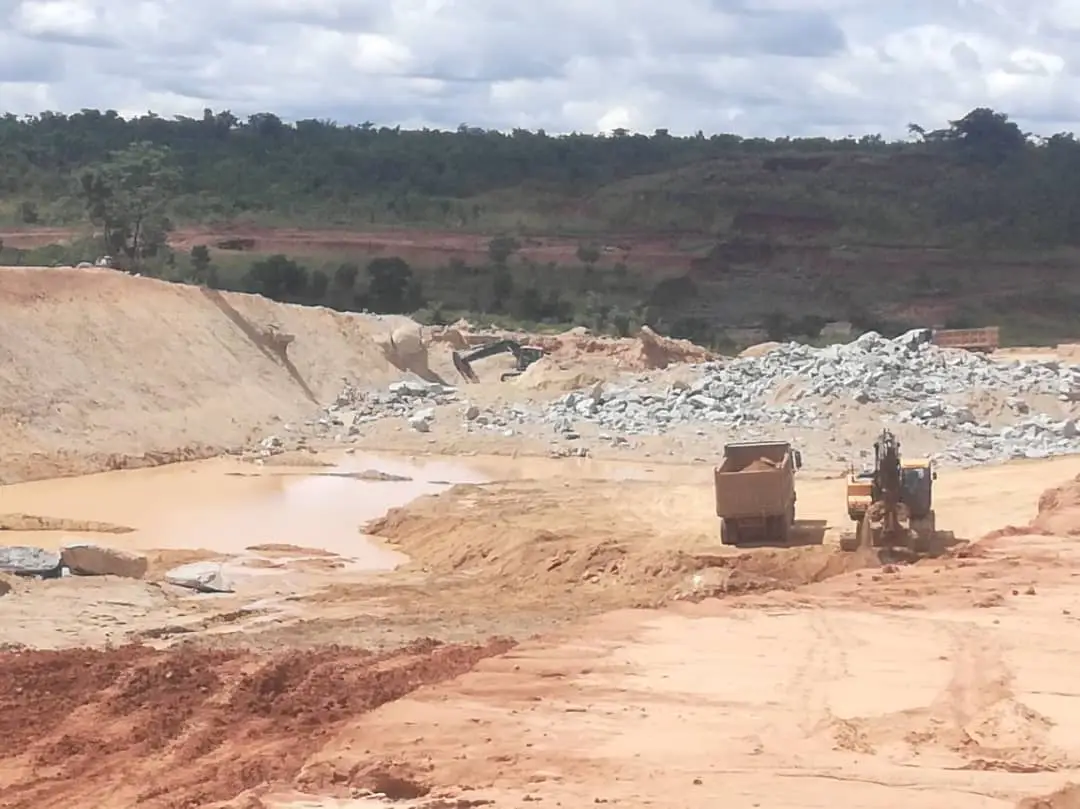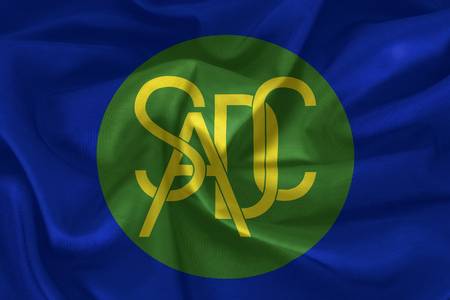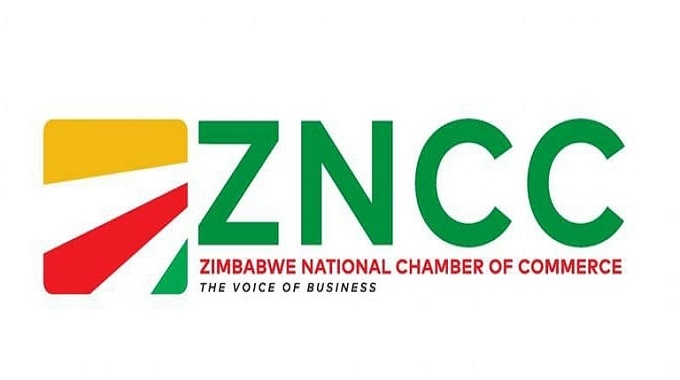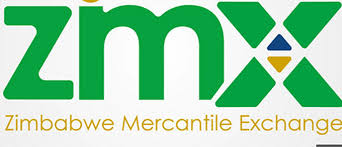High production costs render soyabean uncompetitive
Zimbabwe’s soya bean seed is uncompetitively priced compared to produce from other regional markets due to high production costs, according to a Soya Bean Value Chain Competitiveness Report released by the National Competitiveness Commission (NCC).
The report notes that the locally produced soya bean seed is significantly more expensive compared to regional neighbours.
Zimbabwe’s price of US$63 per 25kg bag dwarfs prices in Zambia (US$36), South Africa (US$13), and Malawi (US$23).
Soya bean is the main raw material for cooking oil production.
Ironically, for Zimbabwe, Zambia and Malawi, the quoted prices are from the same seed house and the difference reflects variance in cost structures, among other things.
Zimbabwean farmers face a multitude of challenges, including high costs for labour, fertiliser, fuel, and limited mechanisation.
This results in a total production costs per hectare of about US$1 249, which are significantly higher than US$208.5 in Malawi, US$222 in Zambia and US$530 in South Africa.
“Soya bean production in Zimbabwe is impacted by high production costs such as labour, seed, fertiliser, fuel, herbicides, high cost of borrowing, limited mechanisation, shortage and high cost of electricity,” the report says.
Zimbabwe’s average soya bean yield of 1,59 tonnes per hectare falls short of the global average of 2,4 tonnes per hectare and pales in comparison to leading producers like the US and Brazil at 3,4 tonnes per ha and Argentina, 2,7 tonnes per ha, respectively.
It is similar though to South Africa’s 2,4 tonnes per ha.
Due to the high costs and lower yields, Zimbabwe struggles to meet its domestic demand for soya beans.
The country produced only 82 000 tonnes in 2022, leaving a national deficit of 318 000 tonnes.
The shortfall forces oil expressers to import soya beans for crushing and refining, leading to a huge import bill and loss of scarce forex.
Despite boasting a mix of small-scale, 35 percent and large-scale, 65 percent, Zimbabwe’s production lags behind regional peers like Zambia, where smallholder farmers dominate the industry (over 90 percent), but still achieved higher output averaging 323 000 tonnes over the past four years.
Enhancing the soya bean value chain’s competitiveness is crucial for Zimbabwe’s food security, import substitution (reducing reliance on imports), and job creation. The following recommendations aim to strengthen the value chain, the report recommends. Small-scale farmers, in particular, should prioritise using certified soya bean seeds from reputable suppliers.
This improves productivity and competitiveness compared to relying on retained or farm-saved seeds, which often deteriorate over time, leading to lower yields.
Farmers should adopt the use of rhizobium inoculants. These inoculants, costing only US$12 per 100kg of seed, and covering one hectare, offer a significant cost advantage compared to the US$250 required for additional fertilisers.
In addition, rhizobium inoculants promote biological nitrogen fixation by forming nodules in plant roots, ultimately enhancing yields.
A well-organised Soya Bean Farmers Association can significantly benefit the industry.
The association should empower small-scale farmers by investing in their skills development through training programs focused on improving soya bean farming practices and productivity.
The establishment of the association can be informed by successful models in other countries, such as the National Smallholder Farmers Association of Malawi (NASFAM). The NASFAM, with its vast network of over 100 000 smallholder members, demonstrates the effectiveness of farmer-led organisations.
By providing access to information and educational programmes, including those on climate change adaptation, such associations empower farmers to make informed decisions and adopt climate-smart practices for sustainable soya bean production.
The report also recommends farmers adopt internationally recognised grading systems for their soya beans.
This ensures consistent quality, particularly meeting the crucial requirement of less than 11 percent moisture content for oil extraction.
Supplying processors with high-quality beans allows farmers to command competitive prices. Improved handling practices throughout the production chain add significant value and enhance overall competitiveness.
Zimbabwe’s soya bean industry can also significantly improve productivity and regional competitiveness by adopting modern agricultural equipment. This includes machinery for land preparation, planting, harvesting, and post-harvest handling.
Mechanisation offers numerous benefits, such as increased efficiency, reduced reliance on manual labour, and ultimately, a boost in overall production and competitiveness.
Prioritising investment in new plants by primary fertilizer producers like ZimPhos, Sable, and Dorowa is crucial.
The domestic production of high-analysis phosphate and urea fertilisers can significantly reduce reliance on imports, minimise costs for farmers, and contribute to import substitution.-herald









